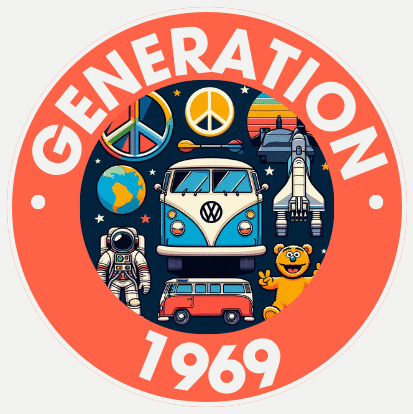The Women’s Liberation Movement of the late 1960s and 1970s marked a radical turning point in modern history. While earlier efforts had chipped away at legal and social barriers, the women of this era—empowered, organized, and bold—sought to overhaul entrenched systems of patriarchy and create a world based on equality, autonomy, and justice. Their legacy is deeply woven into the fabric of contemporary society, from the workplace to politics, education, and personal freedoms. But to understand the true magnitude of their impact, we must first explore where they began.
Setting the Stage: The Social and Political Landscapes Before the Movement
The roots of the Women’s Liberation Movement stretch back far before its visible eruption in the 1960s. To appreciate the urgency and intensity of this movement, one must understand the societal framework that preceded it.
By the mid-20th century, traditional gender roles were firmly entrenched in Western societies, especially in the United States. The post-World War II era reinforced the image of women as homemakers—caring for children, supporting husbands, and maintaining domestic order. The booming economy and suburban expansion of the 1950s idealized the nuclear family, with women largely excluded from public and professional life.
Despite this domestic ideal, undercurrents of discontent simmered. Many women—especially those who had worked during WWII and were forced back into the home afterward—felt stifled, undervalued, and isolated. This sentiment found powerful articulation in Betty Friedan’s 1963 book The Feminine Mystique. Her exploration of “the problem that has no name” became a rallying cry for millions of women who felt constrained by societal expectations.
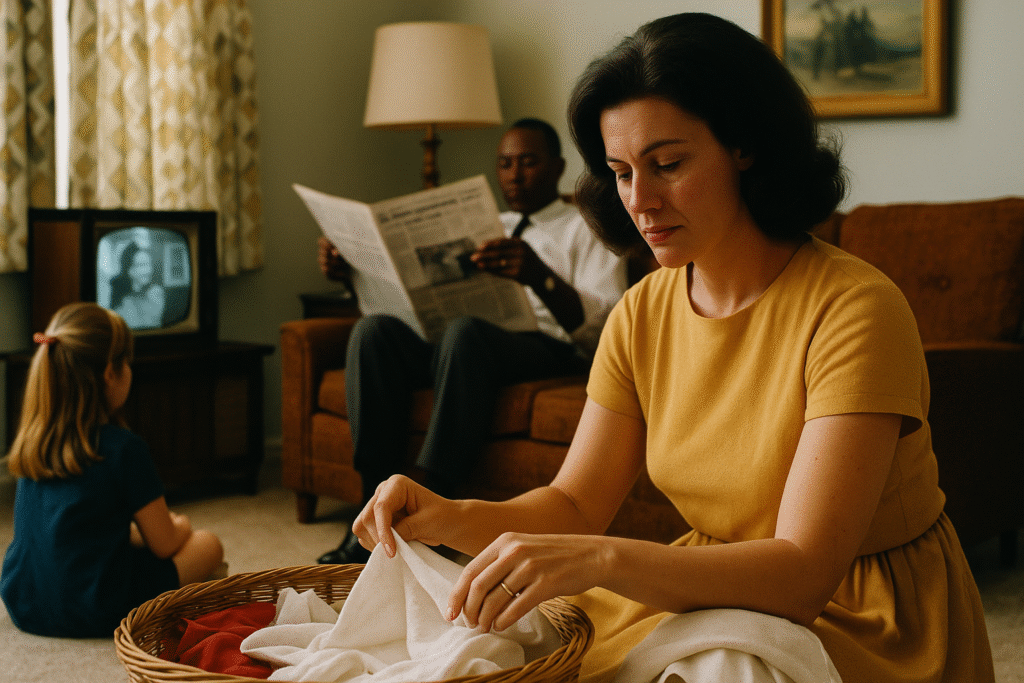
Earlier waves of feminism, particularly the first wave of the 19th and early 20th centuries, had achieved major victories such as women’s suffrage. But by the 1960s, the second wave sought to tackle deeper issues: not just legal rights, but systemic cultural and institutional inequalities.
Simultaneously, civil rights movements, anti-war activism, and student protests created fertile ground for new social awakenings. Inspired by the tenacity of Black leaders like Martin Luther King Jr. and Ella Baker, and motivated by their own marginalization even within activist circles, women began to organize around gender-specific issues.
The intersection of historical momentum, mass dissatisfaction, and political unrest created the perfect conditions for the Women’s Liberation Movement to erupt—and transform the social landscape forever.
Igniting Change: Key Events and Figures in the Movement
Though women had been organizing for decades, the Women’s Liberation Movement as it is commonly recognized began to coalesce in the late 1960s in the United States, Britain, and beyond. What distinguished this new wave was its militancy, breadth of focus, and unapologetic demand for equality.
The movement’s early catalysts included the formation of the National Organization for Women (NOW) in 1966, co-founded by Betty Friedan, Shirley Chisholm, Pauli Murray, and others. NOW advocated for legal and institutional reforms and provided a platform for policy-driven change. Unlike more radical factions, it worked within mainstream political systems, lobbying for laws and equal treatment in employment, education, and beyond.
At the same time, more radical feminist groups began to form. Groups like the Redstockings and the Women’s International Terrorist Conspiracy from Hell (W.I.T.C.H.) took to the streets with bold demonstrations. One of the most famous was the 1968 protest at the Miss America pageant, where activists symbolically discarded bras, heels, and household items into a “Freedom Trash Can,” challenging the commodification and objectification of women.
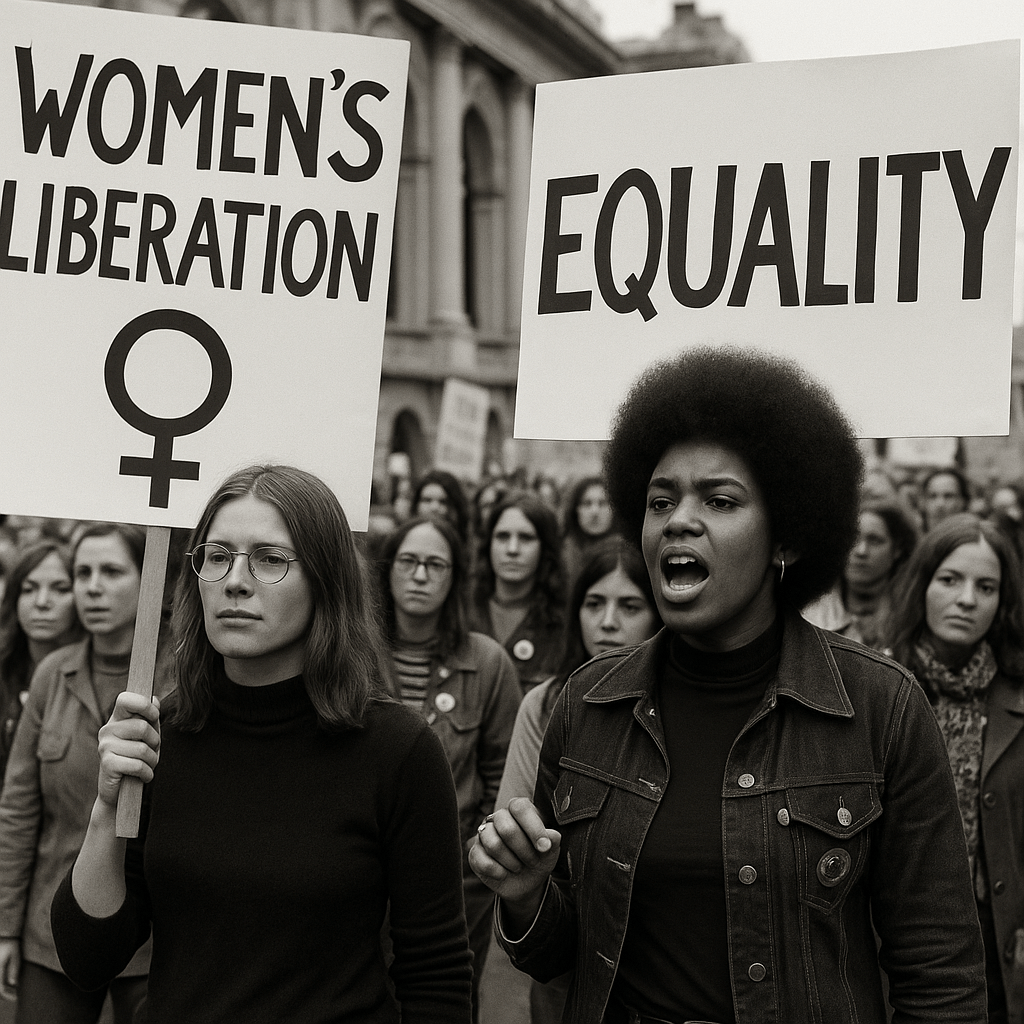
Key figures emerged from different backgrounds and strategies. Gloria Steinem, a journalist and activist, used media as a tool for change, founding Ms. Magazine in 1972 and giving feminism a powerful public voice. Angela Davis, through her Marxist and racial justice lens, championed intersectionality before it became mainstream, emphasizing how race, class, and gender were intertwined in systemic oppression.
Grassroots organizing was essential. Women created consciousness-raising groups, where they shared personal stories and began to understand their experiences not as individual failings but as part of broader structural injustices. These gatherings gave rise to collective action and a new sense of solidarity.
In the UK, women’s groups like the Women’s Liberation Workshop and the Women’s National Coordination Committee gained traction by campaigning for equal pay, free childcare, and legal abortion.
By the early 1970s, the Women’s Liberation Movement had become a global force, with demonstrations, publications, and legislative campaigns drawing attention to the lived realities of women across race, class, and nationality.
Struggles and Achievements: The Fight for Rights and Recognition
At its core, the Women’s Liberation Movement sought substantive equality—in the home, workplace, public policy, and cultural norms. Activists pursued a broad range of issues, which together represented a radical reimagining of gender roles and power structures.
Chief among these was the fight for equal pay. The U.S. had passed the Equal Pay Act in 1963, but enforcement was weak. Feminists campaigned to hold employers accountable, demand transparency, and dismantle job segregation. The 1972 Title IX legislation, which banned sex-based discrimination in education, was another landmark achievement, eventually opening doors to academic and athletic opportunities for millions of girls and women.
Reproductive rights were also central. The right to control one’s body and family planning was seen as foundational to all other freedoms. Activists fought for access to contraception and safe, legal abortion—culminating in the landmark Roe v. Wade decision in 1973. Though challenges persist today, this ruling marked a pivotal victory.
The movement also targeted legal inequalities in marriage, divorce, property rights, and custody. Activists lobbied for no-fault divorce, equal guardianship of children, and protections against marital rape—a concept that was not even legally recognized in many places at the time.
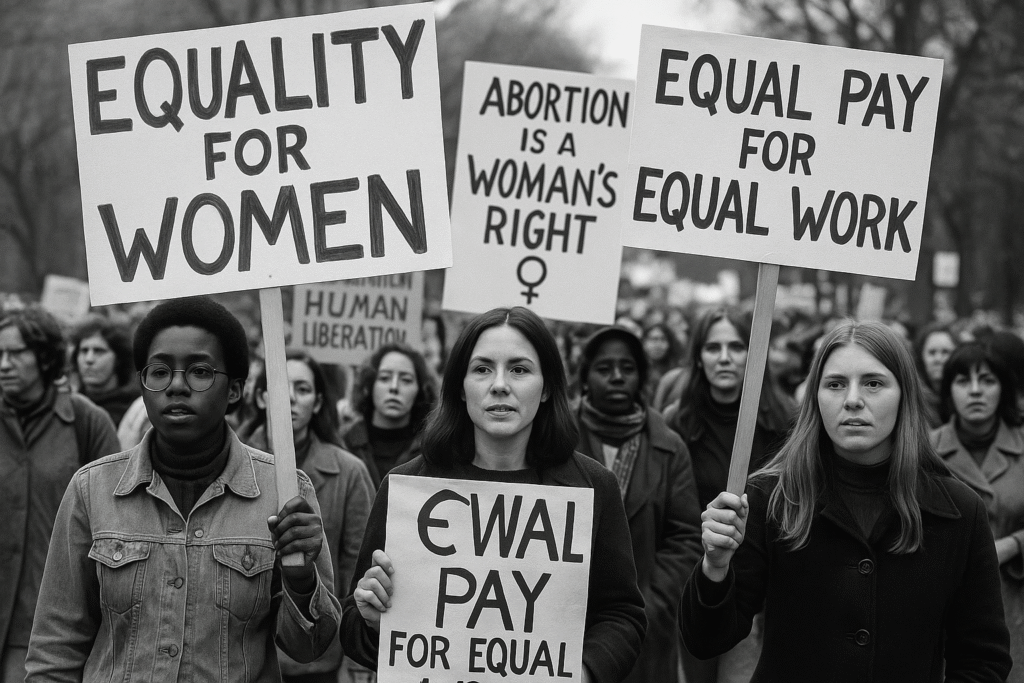
Literature and media played a crucial role in spreading awareness. Books like Kate Millett’s Sexual Politics and Shulamith Firestone’s The Dialectic of Sex offered theoretical frameworks for feminist thought, while feminist periodicals, underground zines, and art provided platforms for emerging voices.
However, the movement faced internal struggles, particularly around issues of race, class, and sexual orientation. Black feminists, Indigenous women, lesbians, and working-class women often found themselves marginalized within predominantly white, middle-class feminist spaces. Leaders like Audre Lorde, bell hooks, and Cherríe Moraga began to critique the movement’s blind spots and expand its scope.
This emerging intersectionality—though fraught—helped make feminism more inclusive and responsive to the needs of diverse women, and laid the foundation for the third-wave feminism of the 1990s.
Despite these challenges, the achievements of the Women’s Liberation Movement were monumental, reshaping laws, institutions, and cultural assumptions about gender.
Legacy and Continued Impact: The Movement’s Influence Today
More than 50 years later, the Women’s Liberation Movement’s legacy is everywhere. From corporate boardrooms to college campuses, from political offices to parenting norms, the world has been fundamentally altered by the movement’s efforts.
Modern feminists benefit from the legal frameworks established in the 1960s and ’70s, but continue to fight against persistent inequalities in pay, leadership representation, healthcare access, and violence against women. Movements like #MeToo, which exploded globally in 2017, trace their lineage directly back to the liberationists who insisted that personal experiences were political—and deserving of systemic change.
The Women’s Liberation Movement also influenced the development of gender studies as an academic field, introduced the concept of intersectionality, and normalized the idea that women’s rights are human rights.
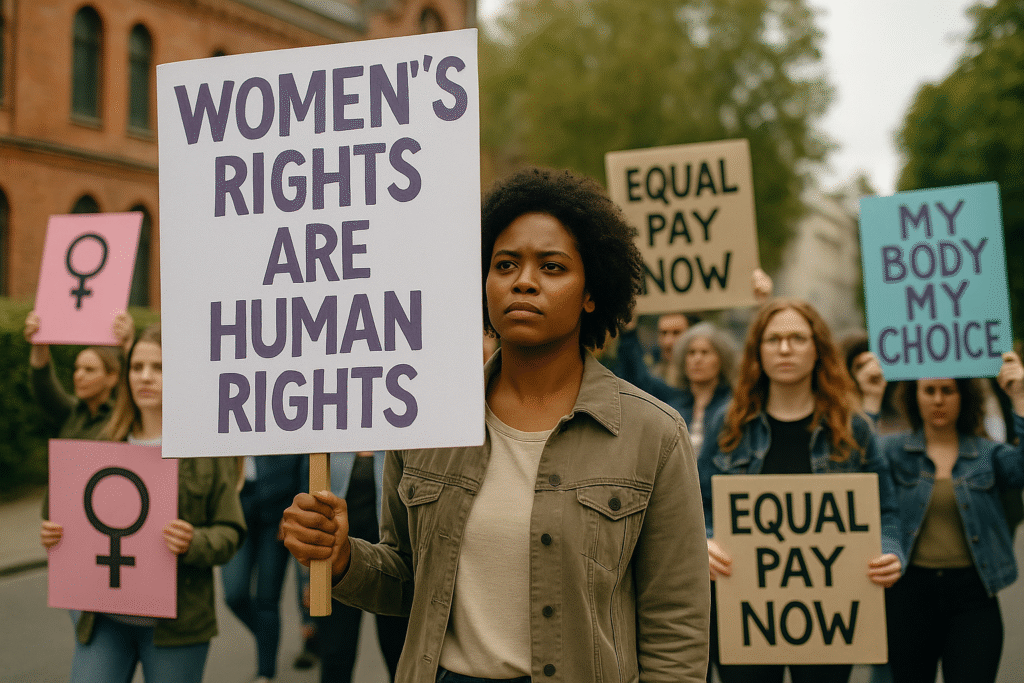
Today, feminist thought is more global, digital, and diverse than ever. Transnational organizations focus on reproductive justice, climate change, education, and freedom from gender-based violence. Younger generations engage feminism through online platforms, art, activism, and entrepreneurship.
However, the battle is far from over. The rollback of reproductive rights, wage gaps, domestic violence, and political underrepresentation continue to highlight systemic inequities. In some parts of the world, basic rights to education, bodily autonomy, and equal opportunity are still denied to millions of girls and women.
What keeps the spirit of 1969 alive is the continued belief in collective action and the possibility of transformation. The Women’s Liberation Movement didn’t solve everything—but it broke the silence, built the road, and handed future generations the tools to keep moving forward.
Conclusion: A Revolution That Echoes Through Time
The Women’s Liberation Movement was not a moment—it was a movement, one born of rage and hope, theory and action, unity and critique. It disrupted power, demanded equality, and inspired countless people to rethink what it means to live in a just society.
Its leaders and participants—whether they marched, wrote, organized, or simply questioned—helped usher in a new era of human rights and dignity. Today, their fight continues in boardrooms and bedrooms, in protests and policies, in schools and screens. As new generations rise to address both old and emerging issues, they inherit the resilience, wisdom, and vision of those who dared to ask more of t
📚 Keep Exploring the Spirit of 1969
The Women’s Liberation Movement was just one part of a year that reshaped the world. Dive deeper into the pivotal events, movements, and cultural shifts of that remarkable time with our review of 1969 – The Year Everything Changed by Rob Kirkpatrick.
Read the Book Review →